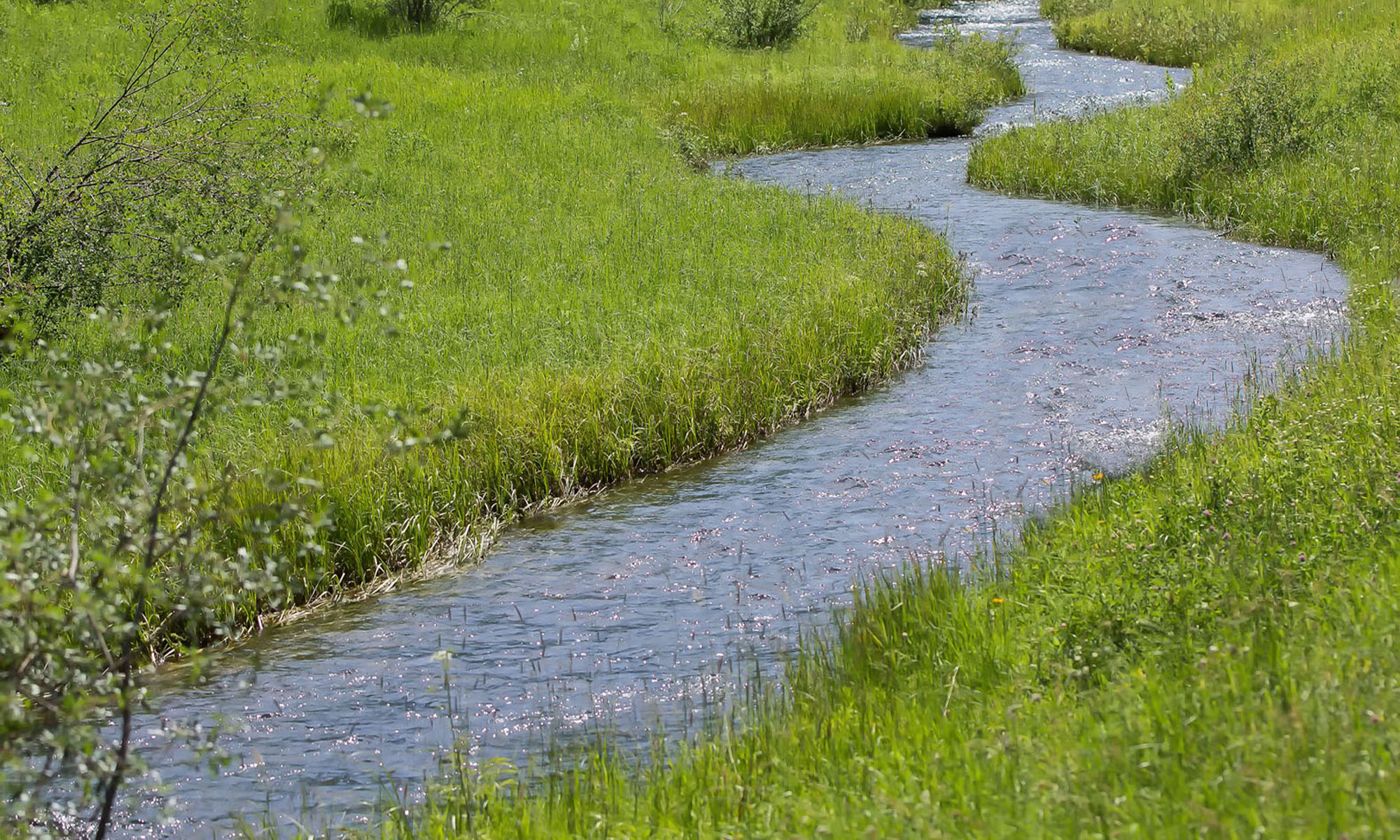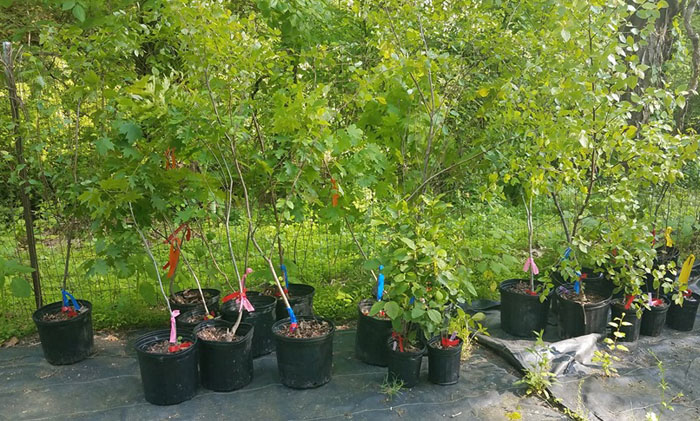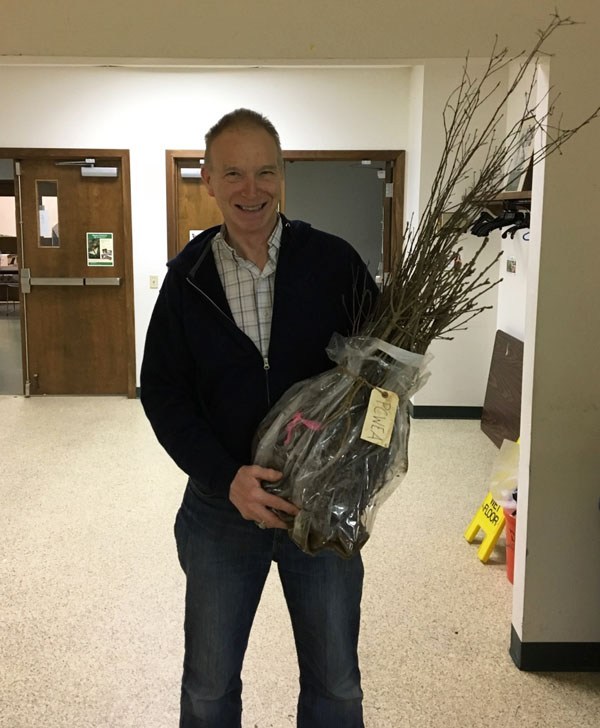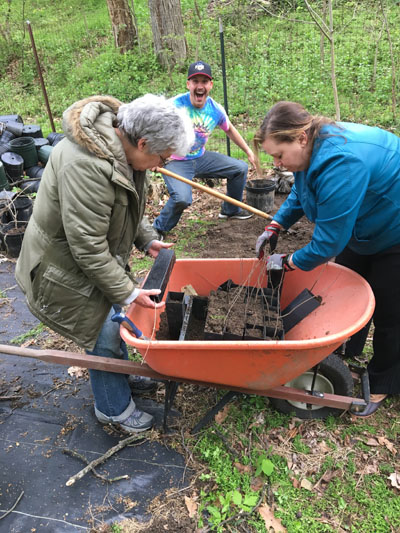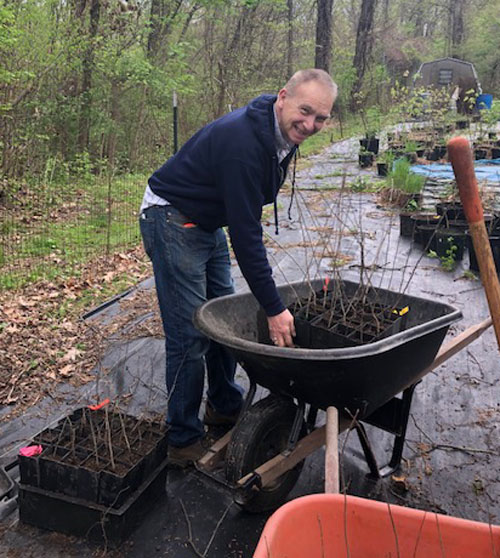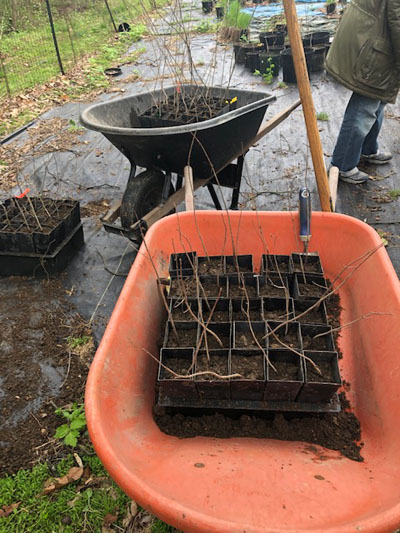You may be thinking, why an article on rain gardens? Well what if I were to tell you that rain gardens were a way to better protect our waterways from pollutants and illicit discharges. As rain falls our roads and buildings become victim to potential flooding where it erodes away stream banks, and carries pollutants damaging to human and aquatic life’s health. By creating rain gardens around homes and local businesses, it can reduce the negative impacts of rain by slowing down and soaking up the runoff flowing from roofs and paved surfaces. Well I still have answered your question of why rain gardens? Rain gardens are an effective, as well as an attractive way to do reduce all of these negative issues. It is cost effective and provides low-maintenance feature to your yard.
Creating a Rain Garden
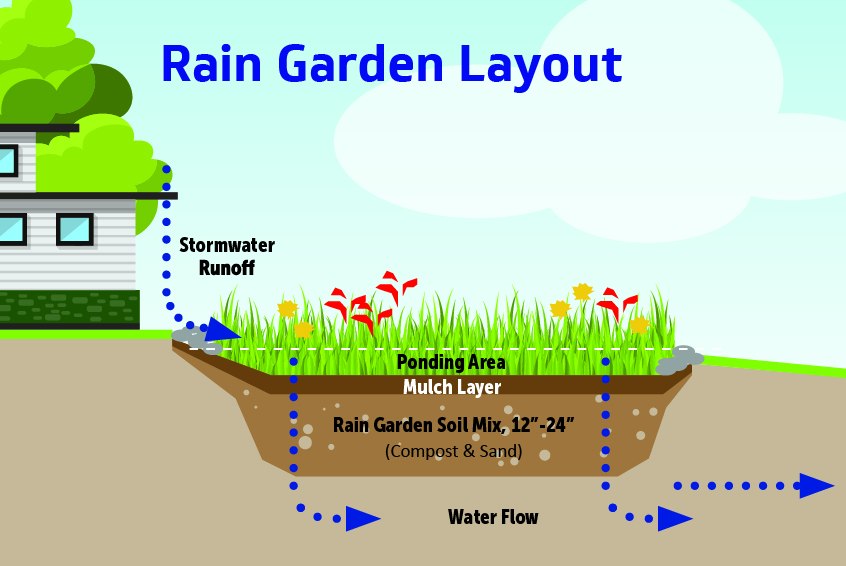
Rain gardens are like bowls or basins in your yard that captures rainwater and allows it to soak into the soil instead of polluting local watersheds. Rain gardens should be located approximately 10 feet away from foundations where water already flows towards (usually a depression in the ground or a spot at the bottom of a slope). Avoid areas where water already pools because it could mean either the water table is too high, or the soil has a low infiltration rate. (To test, dig a 6-8″ hole and fill it with water. If it does not drain completely within 12 hours, it is not a suitable (location).
After find the appropriate location for your rain garden, begin by digging out your rain garden ensuring
it is as level as possible. A rain garden can’t do its job if water just flows out of it, so if there is any slope at all a berm must be built to prevent water from escaping. Be sure the sides have a gentle slope and are rounded, as well as properly compacted the ground to prevent erosion.
Planting your Rain Garden
Pennsylvania is blessed with many beautiful native plants that thrive in our environment along with developing strong root systems. When choosing your native plants, it is best to select species that are grow well in moist soil and are tolerant to influxes of large quantities of water. To make sure you create a beautiful and low-maintenance garden, choose a diverse blend of plants and incorporate native grasses or sedges and shrubs. It is always best to do your research first before buying your plants and having a layout already in mind.
For Information about types of plants to use in your raingarden:
